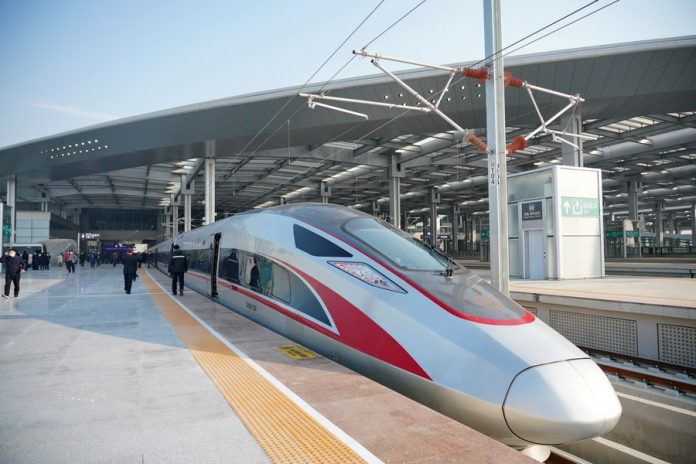The Shigatse-Pakhuktso segment of the Xinjiang-Tibet Railways, which is near the Line of Actual Control (LAC) and passes through the contentious Aksai Chin region, is one of many railways that China plans to construct in the Tibet independent territory.
The Tibet Autonomous Region (TAR) Development and Reform Commission recently published its medium- and long-term railway system plan on its online webpage for the 14th five-year period (2021–25), which states that “the region would extend its rail service and enhance its quality.”
According to the plan, by 2025, a number of railway projects will have advanced, including the successfully completed Ya’an-Nyingchi portion of the Sichuan-Tibet Railroad, the Shigatse-Pakhuktso portion of the Xinjiang-Tibet Railway, and the Bomi-Ra’uk section of the Yunnan-Tibet Railway.
The Tibet-Xinjiang Highway, also known as the G219 national highway, runs along China’s southern border, and the Xinjiang-Tibet Railway will largely follow its path. Tensions between India and China in the years before the 1962 conflict were brought on by the construction of G219 across Aksai Chin.
Starting in Shigatse, Tibet, the proposed railway would travel along the Nepal border in a northwesterly direction before turning north via Aksai Chin and coming to an end in Hotan, Xinjiang. On the Chinese side of the LAC, the proposed route will circumvent Pangong Lake and proceed via Rutog. According to The Hindu, which quoted the TAR commission, the first section of the line, from Shigatse to Pakhuktso, will be ready by 2025, with the remainder of the route, to Hotan, projected to be finished by 2035.
According to the report’s reference to the railway network plan, the region’s rail network will be 4,000 km long by 2025 and 5,000 km long by 2035.
The Qinghai-Tibet link, which opened in 2006; the Lhasa-Shigatse rail, which has been running since 2014; and the Lhasa-Nyingchi line, which will be running by 2021, are the three rail lines that are now in use in Tibet. Near the boundary of Arunachal Pradesh in India, the Lhasa-Nyingchi line goes southeast of Tibet. Media sources state that the line would be stretched further east to the provincial capitals of Sichuan and Chengdu, a significant commercial and military hub in western China, cutting the distance between the two regional capitals’ travel times from 36 hours to 12 hours.
According to the plan, frontier railway lines will be constructed from Gyrong, a land terminal on the Nepal-Tibet frontier, to Yadong County in the Chumbi Valley, which borders Bhutan and Sikkim in India.
















